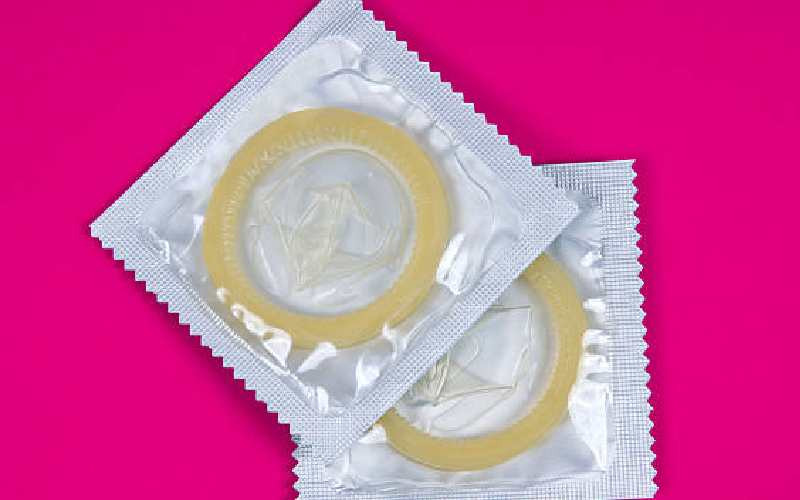×
The Standard e-Paper
Join Thousands Daily

There is a shortage of condoms in Kenya and the situation has led to worries as it coincides with the long school holidays and the festive season.
The shortage arose after donor agencies stopped funding HIV-related activities after Kenya's status moved from a low-income to a middle-income country which is above the category of countries that need funding.